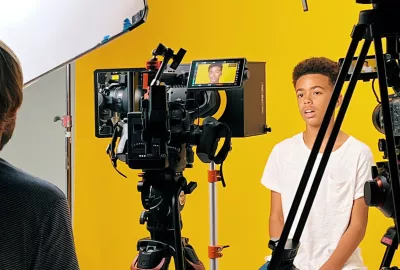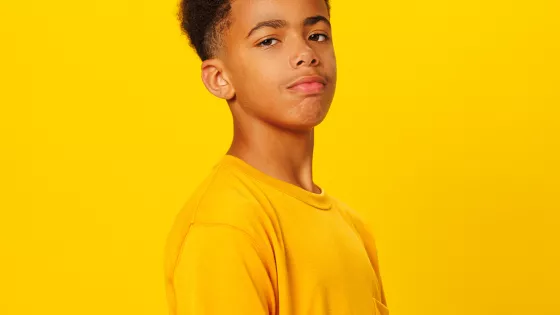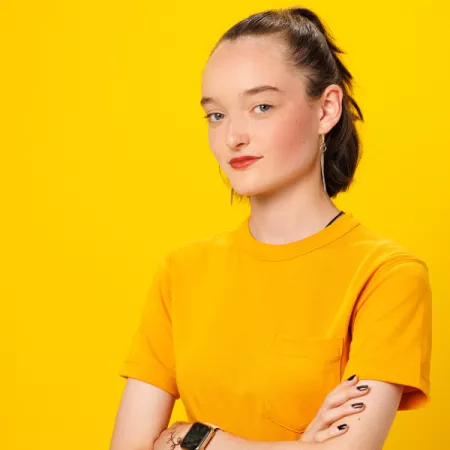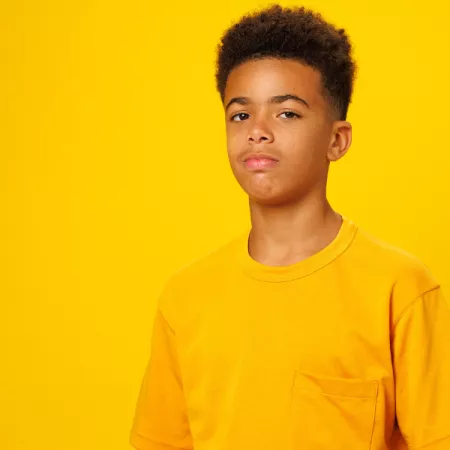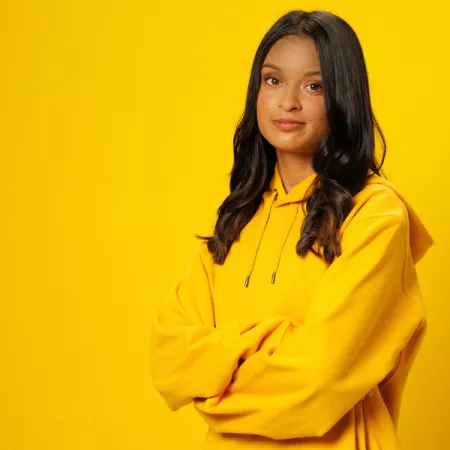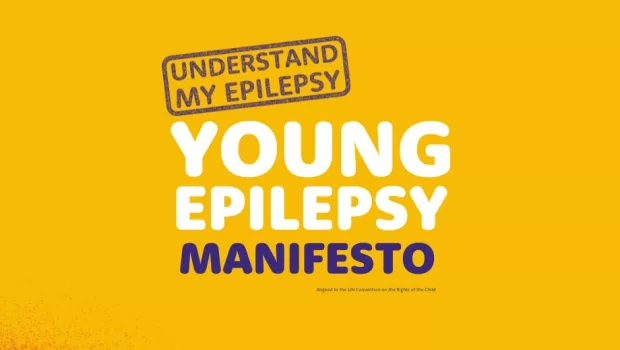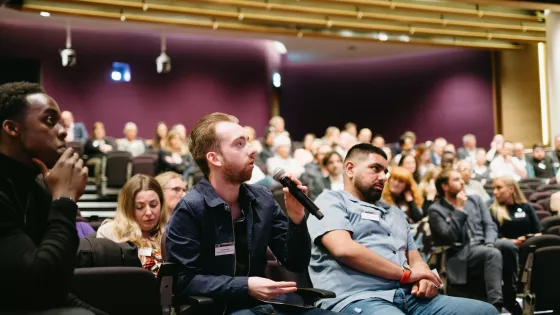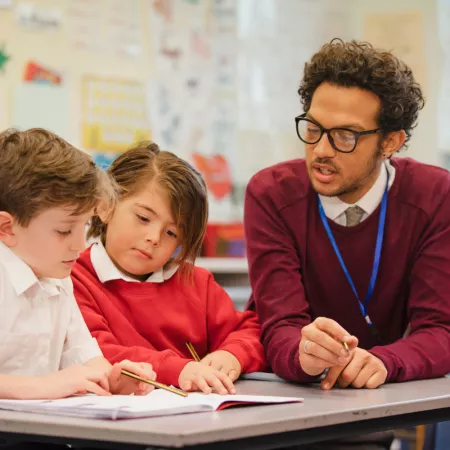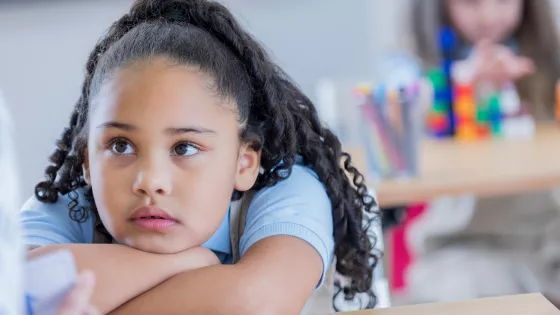1 in 3 children with epilepsy do not get the support they need at school
They are unnecessarily missing out on their childhood and their futures are being put at risk, because people don’t understand epilepsy and how it can be different for everyone.
Our #UnderstandMyEpilepsy campaign is calling for all children with epilepsy to be safe and included and school.
Your support has been amazing and we are starting to see progress across the UK.
Government guidance for schools needs to be made clearer so that every child with epilepsy receives the support they need through an Individual Healthcare Plan (IHP).
IHPs are a lifeline. They help school staff understand each child’s epilepsy, ensure their safety, and pave the way for full inclusion in every school activity.
What you’ve achieved so far
16,163 of you signed our petition to tell UK governments they must ensure schools have an IHP in place for every child with epilepsy so they can participate fully in school life. Thank you to everyone who signed!
Young people from our Youth Voice Network wrote to education ministers in each UK nation to present the petition and ask them to take action. Find out more here.
583 of you sent personal messages to your elected representatives – thank you for your support! We reached 368 constituencies, representing 55% of UK constituencies.
As a result, your elected representatives have contacted government ministers, local authorities, and asked questions in parliaments across the UK to help improve school support for children with epilepsy.
Click here to read some tips for replying to your elected representative.
How has the government responded?
We’re pleased to see so many governments now taking action to improve school support for children with epilepsy.
In England, the minister said that the government will review the guidance on supporting pupils with medical conditions as they take forward their commitment to delivering ‘an inclusive mainstream system’ in schools.
In Wales, the minister said that the government will consider our petition (and resources for schools) when they review the guidance for supporting learners with healthcare needs in 2025. The minister thanked Young Epilepsy for raising awareness of this issue through the campaign.
In Scotland, the government provided reassurance on what is included in the current guidance on supporting children and young people with healthcare needs in schools.
In Northern Ireland, the government has said that it is now reviewing the guidance for schools on supporting pupils with medication needs.
What’s next?
We’ll push for the views and experiences of children and young people with epilepsy to inform the governments’ plans, including how guidance for schools is reviewed and updated.
We’ll continue to call for every child with epilepsy to have an IHP for so they can be safe and included at school.
Your support has made a huge difference and we will keep you updated on how things progress.
Thank you for supporting the #UnderstandMyEpilepsy campaign.
